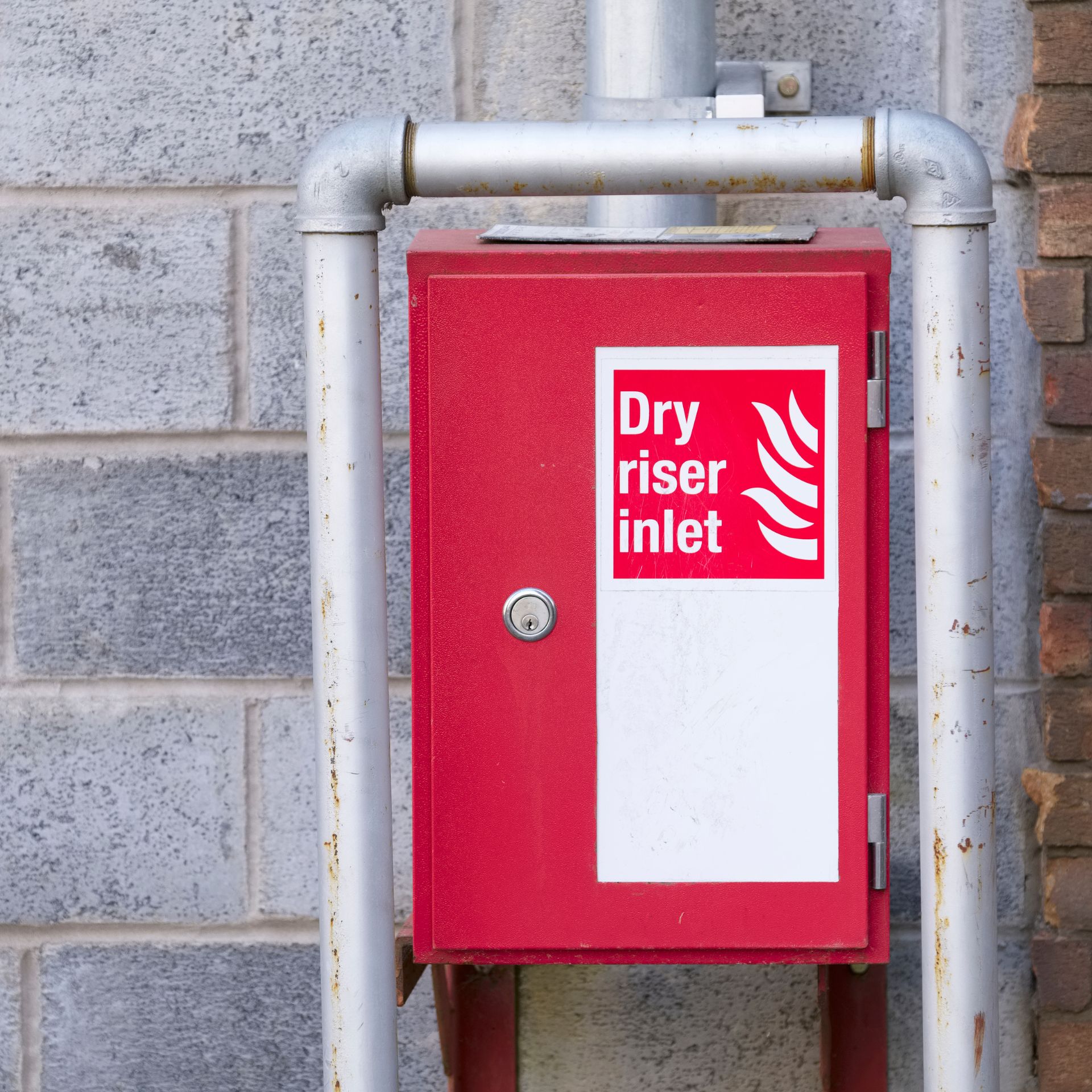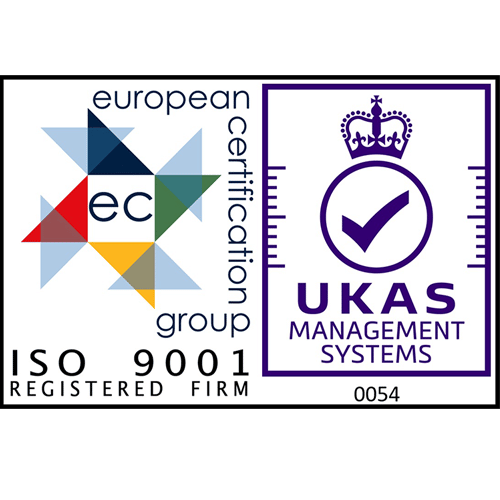What Is a Riser?
Understanding Wet & Dry Risers
Large buildings, particularly high risers, require risers are part of their fire protection systems. These can be wet risers or dry risers, both of which are crucial in fire safety and protection.
A riser is a vertical pipe, or system of pipes. That is installed in multi-storey buildings to deliver water to different levels in the event of a fire. Risers ensure that there is a direct and accessible supply of water for firefighters, helping them to combat fires effectively in taller structures or buildings.
You can get two types of risers, wet risers or dry risers. They both have the same purpose: to deliver water to fire protection systems or hoses in the event of a fire, but they function slightly differently depending on the needs of the building and its fire strategy.
What Is a Wet Riser?
Wet risers are a system of pipes that are permanently filled with water, providing immediate access to water at all times. Typically, you will find wet risers installed in buildings that are above 50 metres in height. In the event of a fire in tall buildings, water needs to be readily available to successfully combat the fire; in high rise buildings, water pressure may not reach higher levels, highlighting the crucial need for wet riser installations.
Features of Wet Risers
There are a number of key features of wet risers:
- Constant Supply of Water: Wet riser systems ensure that pipes are permanently full of water that is connected directly to the buildings water supply, or a dedicated fire pump. This allows a constant supply of water for fire safety.
- Quick Response: Firefighters can connect hoses directly to wet risers due to them constantly being charged with water, giving immediate response to fire fighting.
- High Rise Buildings: Wet risers help to ensure that water pressure is maintained at higher levels on buildings of over 50 metres in height.

What Is a Dry Riser?
A dry riser is similar to that of a wet riser; it is a system of pipes that are installed on large buildings to provide water in the event of an emergency. However, unlike a wet riser, these pipes remain dry under normal conditions. They are charged with water via an outside inlet in the event of a fire. Typically installed in buildings up to 50 metres in height, these systems can remain dry due to the need for high water pressure being reduced due to the lower level of the building.
Features of Dry Risers
Much like wet risers, there are a number of key features for dry risers, including:
- Manual Activation: These dry riser systems remain dry usually, with manual activation for when firefighters need to manually connect water to the system from outside of the building.
- Dry Systems: When needed, these pipes are flooded with water from an external source, but under normal circumstances, they remain fully dry.
- Lower Level Buildings: Typically, these dry riser systems are installed in lower level buildings, from 18 to 50 metres tall, with an outdoor inlet available in the event of a fire.

The Importance of Wet and Dry Risers
Wet and dry risers are a crucial part of fire protection and safety in multi-storey buildings. They are usually installed in stairwells or dedicated fire shafts to allow firefighters to gain access easily whilst being shielded from potential fire damage.
The primary purpose of these installations is to ensure that higher levels of multi-storey buildings have a constant supply of water, allowing for efficient firefighting. Without risers installed, getting the right levels of water pressure on higher levels may prove difficult.
Under UK Fire Regulations, and building regulations, there is a requirement that certain types of buildings have either a wet or dry riser system installed and maintained regularly. Not only is this a vital part of fire safety and protection, but it is a legal obligation for building owners to comply with UK law. Failure to comply with such regulations can be costly.
If you want to be sure that your wet or dry risers meet the minimum required standards, or need to simply book in regular maintenance, contact our team today.
Brookside Fire Can Help With Your Risers
At Brookside Fire Service, we have a team fully trained in the design, installation and maintenance of dry and wet riser systems. Whether your building needs a new installation, or regular fire protection maintenance, our team can help ensure that your fire equipment meets the highest standards under UK law for fire safety.
At Brookside Fire Service, we offer regular maintenance and servicing of a range of fire safety equipment. With a fully qualified team of professionals, we ensure that your equipment is in full working order, and that your business and staff remain protected against fires.
If your staff need training; book online fire safety training today with us and let us help your staff develop fire safety awareness.
You can explore all of our fire safety services, products and training online or contact our team today.










